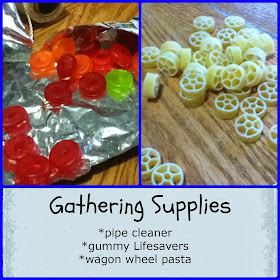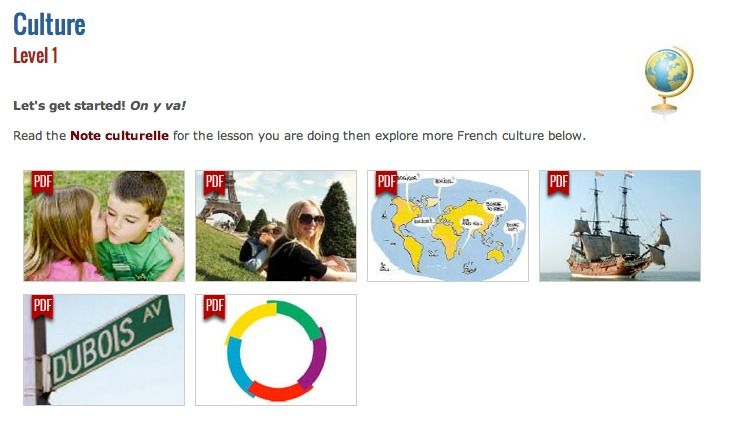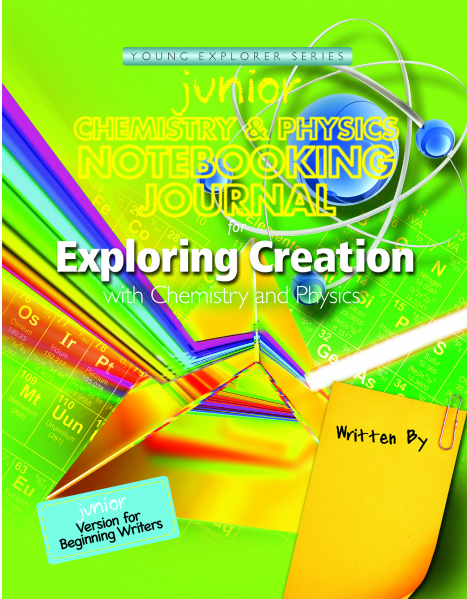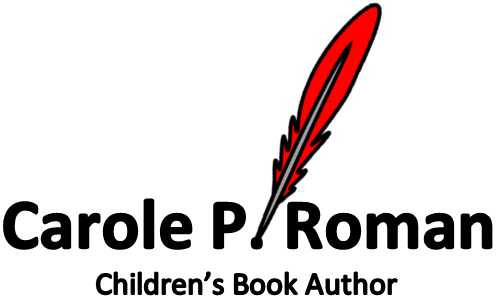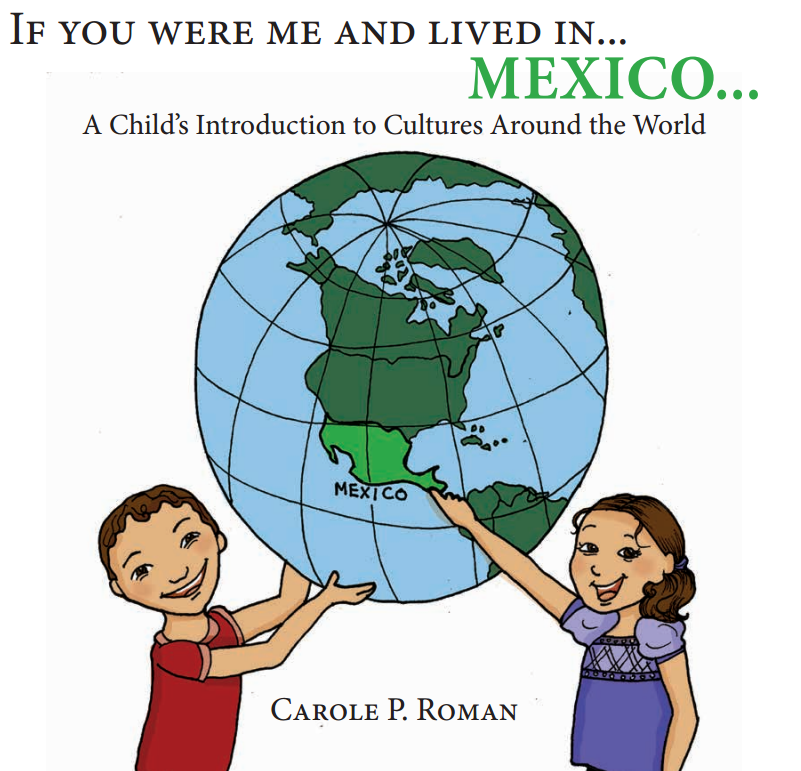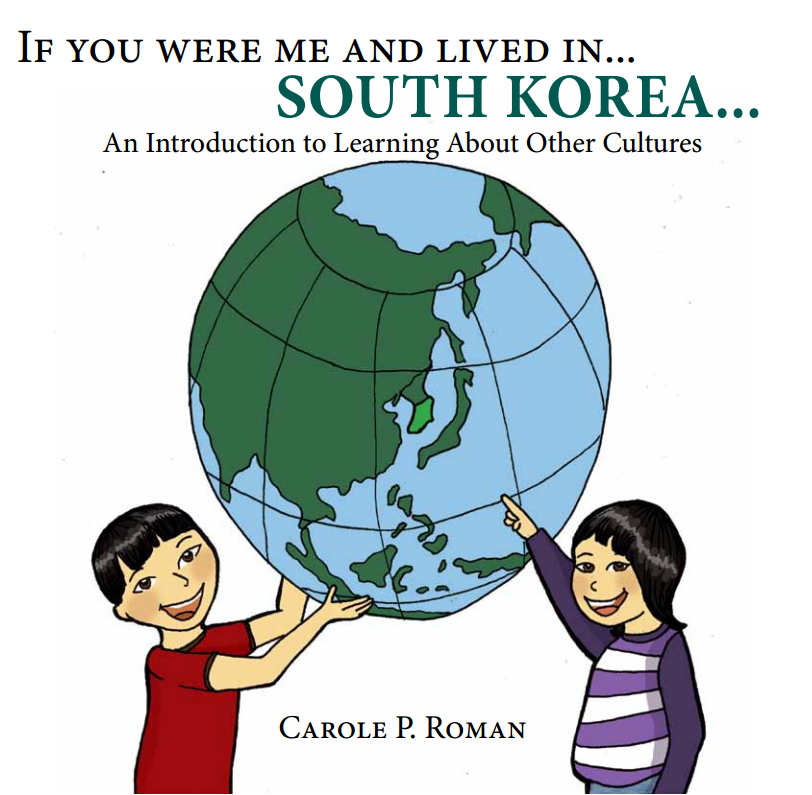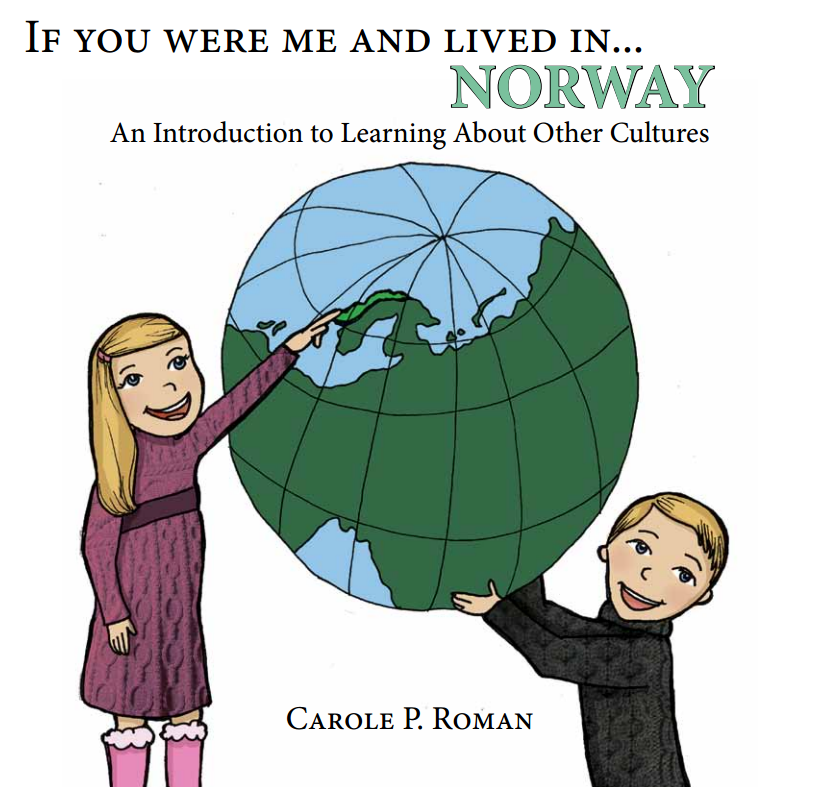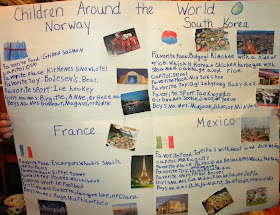 This past year, I have had the privilege of reviewing 41 different items in our home! Some were 'fun' and others were hard work. Many of these items were brand new to me - I had never even heard of them before! Others were ones that I knew 'something' about, but was glad to investigate them 'in depth'.
This past year, I have had the privilege of reviewing 41 different items in our home! Some were 'fun' and others were hard work. Many of these items were brand new to me - I had never even heard of them before! Others were ones that I knew 'something' about, but was glad to investigate them 'in depth'. First of all, the entire Crew voted on their favorites for the 2013 Blue Ribbon Awards. The kids helped me vote, picking all their favorites. As expected, many of our favorites were also favorites of the other families, and won the most votes for their category. The kids were pretty excited to see what won, and also to share which review items were their favorites for the year!
I would like to share our family's personal "Top Ten Review Items" for 2013:
1) All Around Favorite, most awe-inspiring product: Homeschool Spanish Academy Laura had been saving up her own personal money to purchase a semester of this program. When it became available for review, we were ecstatic. She really, really loved it and I loved the fact that she was enjoying her Spanish so much! Her teacher was so sweet, and it was absolutely amazing to be conversing in Spanish with a lady in Guatemala while sitting in the comforts of our own home! Laura voted this program as her most favorite review item of the year!
2) The program that made Mom really happy: ok....where do I go from here? There were several....but I have to say that High School Prep Genius is a pretty amazing book. Amazing enough that I purchased several copies and have given/lent them to other high school homeschoolers. Homeschooling high school is definitely not for the faint of heart, and I really felt like this book thoroughly equips a parent for the journey.
3) The program that Mom had the most fun with: Again, hard choice. But I will settle on Picaboo Yearbooks for this one, since it seemed like all fun and no work to put it together. It came at a very convenient time. When we started the review, Heather had just graduated, so I took the opportunity to make her a special graduation keepsake album of her Senior Year, which she treasures.
4) Family fun: The Presidential Game brought us many happy 'family game night' memories.
5) Kelly's favorite: Hands down....Kelly loved the Lily Lapp Books from Baker Publishing. Actually her and Melissa both loved these books....enough that I have purchased the rest of the series! They go on the website and do the activities for the books, they have used them for book reports, and they have shared them with their friends. I love the clean living and wholesome stories that are presented.
6) Melissa's favorite: While we had an abundance of Spanish curriculum reviews this year, which was great for Laura and Kelly, Melissa has always wanted to learn French! There are not as much materials and resources available for learning French as there is for Spanish, so this had been placed on the back burner for awhile, or at least till Melissa is older. We were so pleased to be on the review for French Essentials! Learning French has been a lot harder than Melissa thought it would be, but she is so thrilled about it, and voted it as her favorite!
7) Best Overall Addition to our Homeschool: We have dabbled with Apologia Science in the past, but this year, we jumped in full time! While we are currently studying Anatomy & Physiology, we had the blessed privilege to review the brand new Exploring Creation with Chemistry & Physics curriculum and were very pleased! Melissa thrives on the hands on approach to Science, and has been learning and retaining so much information. When we complete our current Anatomy study, we are going to change gears and finish what we started in the Chemistry program.
8) Wow..."I Can't Believe I Made This" Award: This definitely goes to Rosie's Doll Clothes Patterns. Melissa is learning how to sew, and this couldn't have come at a more perfect time. By watching the online videos, and following the pattern and directions, she was able to create an outfit for her American Girl doll all on her own without my help! Such a confidence booster for her! It was so exciting to watch her grow so much in this area with just the help of this one program.
9) Dabbling In the World of Lapbooks: Until this school year, we had not made a lapbook before. I had heard about them, but really didn't even know what they were! This year we had the privilege to review several lapbooks from several different companies, and found out that Kelly and Melissa really enjoy building them! I think the one from Homeschool In The Woods really impressed me the most.
10) Too Cool For Words: Rounding out our 'top ten' list is Adventus MusIQ. This is a really unique program that gives interactive piano instruction through the computer. While we have not used it as much as I would like, it is always enjoyable when we do get to use it. The girls have a keyboard that hooks right up to the computer and then they are able to receive instant feedback on their music practice.
Thank you so much to my Review Crew friends and leaders who have made my first year really enjoyable! Looking forward to another 'Tour of Duty' in 2014!


